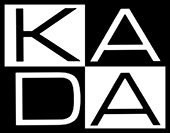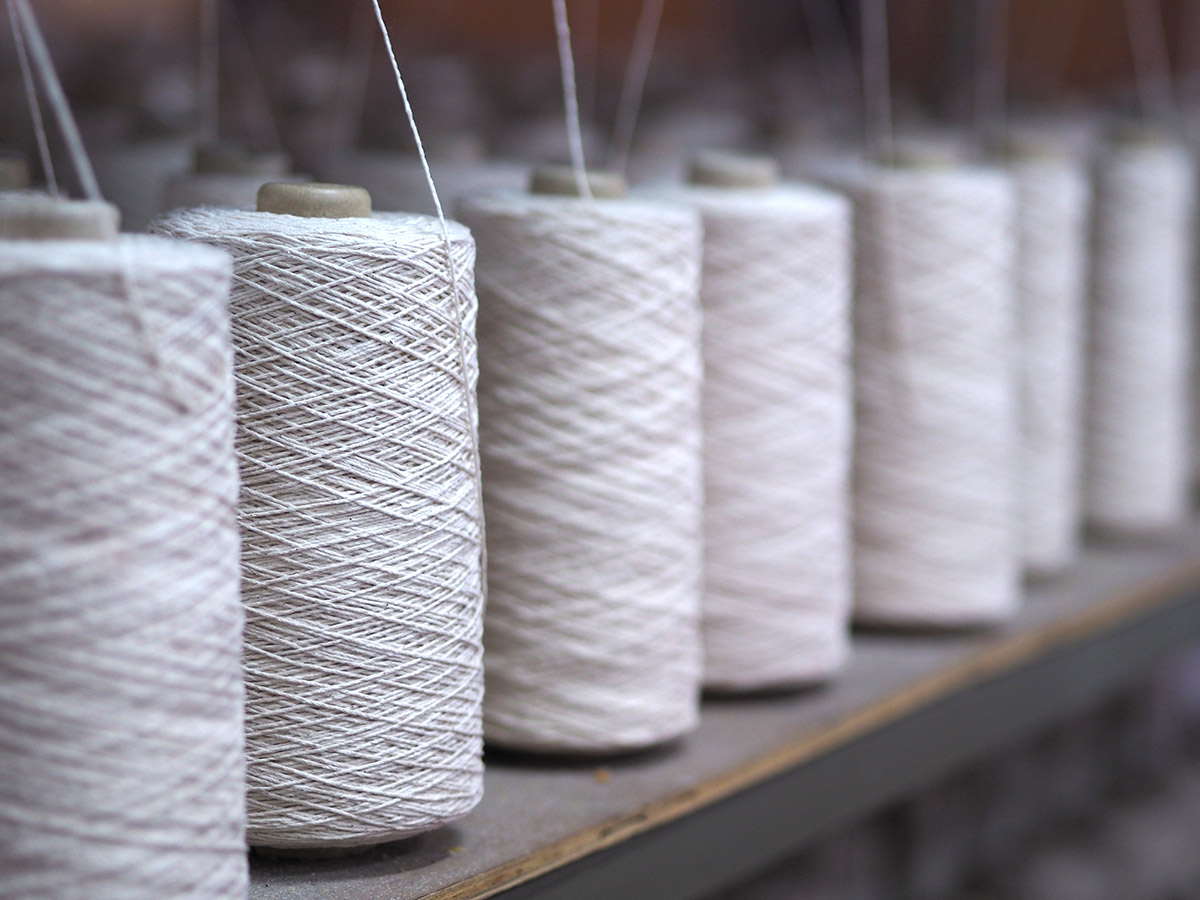The Turkish textile sector is set to bounce back in 2024 with a focus on sustainable and high-value products, following a challenging year due to economic setbacks.
The Turkish textile industry, ranked as the world’s fifth-largest textile exporter, faced significant challenges in 2023, culminating in a total export value of $19.253 billion in the apparel and ready-to-wear segment. Due to the economic contraction caused by the Kahramanmaraş earthquake, the year 2023 has been labeled a ‘lost year’ for the sector. However, an anticipated easing in the European Union (EU) market is expected to bring momentum to the industry in the second half of 2024.
Efforts to align with the European Green Deal are accelerating within the sector, with necessary regulatory changes being prioritized. Upcoming projects aim to comply with the EU’s Sustainable and Circular Textile Strategy, which focuses on enhancing industrial competitiveness and innovation, strengthening the EU market for sustainable and circular textiles, and promoting new business models, including the reuse market.
Gültepe: “We’ll Elevate Our Country in the Champions League of Textiles and Apparel”
Presenting an optimistic outlook for 2024, Mustafa Gültepe, Chairman of the Turkish Exporters Assembly (TİM), stated, “This year, some sectors are experiencing a downturn due to a contraction in global demand. Among these sectors is textiles, where 12 of our sectors have seen a decline in exports. However, I believe the tables will turn in 2024. With our ever-strengthening design capabilities, we will elevate our country to higher ranks in the champions league of textiles and apparel. Design has a clear impact on value. When we add innovation and branding, the price increases even more.”
Ahmet Öksüz, Chairman of the Istanbul Textile and Raw Materials Exporters’ Association (İTHİB), also shared his insights on the textile industry. “As the Turkish textile sector, we aimed to close 2023 with $13 billion in exports, as we did in the previous year. However, global trade is going through a narrow corridor. The textile sector was significantly impacted by the earthquake in February, which we can call the disaster of the century. Due to the massive destruction caused by the earthquake centered in Kahramanmaraş, we are evaluating 2023 as a lost year for the textile sector. Our textile exports have declined by approximately 10%. However, we are pleased that despite a 20% decline in textile imports from the EU and the US, we have been able to maintain our market share in these regions,” said Öksüz.
Öksüz further highlighted that sustainability and value-added production are among the most important agenda items for the sector in 2024. “Our export unit prices show that Turkish fabric has now achieved brand value. While our national export unit price is at $1.5 per kilogram, our woven fabric export unit price is $8.9 per kilogram. As the Turkish textile sector, we continue our efforts in sustainability with full speed and aim for high compliance with the norms of the European Green Deal,” he added.
Ertuğrul: “The Number of Companies Focusing on High-Value Production Will Increase in 2024”
Hayati Ertuğrul, Chairman of the Aegean Clothing Manufacturers Association (EGSD), shared his forecasts for 2024, indicating that it will be a challenging year for the labor-intensive apparel and ready-to-wear sector. Reflecting on the losses in exports for the apparel sector in 2023, Ertuğrul noted that if there is a relaxation in the EU market, the second half of 2024 could bring some movement in the sector. “We are hopeful and expect some activity in the second half of the year,” Ertuğrul said.
Ertuğrul also observed that members focusing on niche products for production and export are increasing their capacity. “As we always emphasize, focusing on high-value production is the only way to achieve new markets and high profitability. I believe the number of companies shifting to high-value production will increase in 2024. If our main market sees some relaxation, we may see some positive movement in the sector in the second half of 2024,” he commented.
Technical Textile Production Methods Highlighted in 12th Development Plan Goals
As artificial intelligence, climate change, and digital transformation processes accelerate globally, the Turkish textile sector continues to develop projects in all areas, from design to production. With the new year, the textile, leather, and clothing sectors aim to introduce high-value-added products through innovative business models, enhance competitiveness, and promote social responsibility awareness. The 12th Development Plan Goals, covering the 2024-2028 period, emphasize the increase in technology levels and the establishment of standards for technical textile production methods that highlight high-performance products.
In addition to increasing investments in new generation production technologies and machinery, priorities include offering products that are long-lasting and recyclable, made largely from recycled fibers, free of hazardous substances, respectful of social rights and the environment, and offering widespread reuse and repair services. Furthermore, with the expansion of the EU’s ‘Economy-Design Directive,’ products placed on the EU market are expected to become more sustainable.


